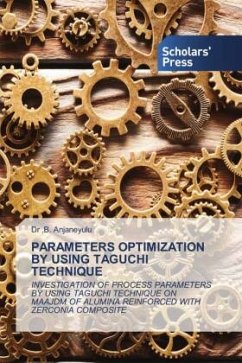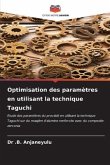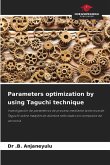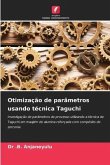Ceramic is an inorganic non-metallic solid, made up of either metal or non-metal compounds that have been formed and then heated to high temperatures. They are generally hard, corrosion-resistant and brittle materials. The term ceramic is derived from the Greek word keramikos which means pottery. It is related to the older Indo-European language, meaning heat. Ceramic materials are typically produced using clay and other earth minerals or chemically processed powders. Ceramics can be crystalline in nature and are compounds of metallic and non-metallic components such as aluminum and oxygen (aluminum), silicone and nitrogen (silicon nitride) and silicone and carbon (silicon carbide).The special character of ceramic materials gives rise to many applications in materials engineering, electrical engineering, chemical and mechanical engineering. As ceramics are heat resistant, they can be used for many tasks that materials like metal and polymers are unsuitable for.
Bitte wählen Sie Ihr Anliegen aus.
Rechnungen
Retourenschein anfordern
Bestellstatus
Storno








